Beaver Tail Strain
Hybrid Beaver Tail | Beaver Tail Strain | Hybrid Beaver Tail Strain for Sale | Buy Beaver Tail Strain Online
- Hybrid Beaver Tail is a unique, flavorful strain known for its earthy, piney aroma with hints of citrus and sweet, berry-like undertones.
- THC levels typically range from 20–24%, offering a well-rounded high that brings uplifting euphoria and mental clarity, while providing a relaxing body buzz.
- Perfect for daytime or evening use, ideal for unwinding, socializing, or engaging in creative activities.
- Commonly used to alleviate stress, anxiety, and mild physical discomfort.
- Buds are dense, frosty, and aromatic, delivering a smooth, earthy smoke with a touch of sweetness.
- Available in flower, pre-rolls, and vape carts at select dispensaries.
| Weight | Price | Quantity | |
|---|---|---|---|
| Ounce | $250.00 | ||
| 1/4 Pound | $500.00 | ||
| 1/2 Pound | $800.00 | ||
| Pound | $1,300.00 |
$250.00 – $1,300.00Price range: $250.00 through $1,300.00
Table of Contents
ToggleIntroduction
The cannabis world continues to evolve with innovative strains that combine exceptional genetics to create unique experiences for enthusiasts. Among these noteworthy creations is Beaver Tail, a distinctive hybrid strain that has steadily gained popularity for its unique characteristics, balanced effects, and impressive potency. This comprehensive guide explores everything you need to know about the Hybrid Beaver Tail strain, from its genetic lineage to its effects, growing requirements, and potential therapeutic applications.
What is Beaver Tail Strain?
Beaver Tail is a well-balanced hybrid cannabis strain that typically presents with an approximately 50/50 indica-sativa genetic distribution. Named for its distinctive flat, paddle-shaped buds reminiscent of a beaver’s tail, this strain delivers a harmonious blend of cerebral stimulation and physical relaxation, making it suitable for various occasions and user preferences.
Genetic Lineage
Beaver Tail’s impressive genetic background comes from crossing two exceptional strains:
- Northern Lights: A legendary indica known for its resinous buds, relaxing effects, and subtle sweet and spicy aroma
- Durban Poison: A pure sativa landrace celebrated for its energetic, uplifting effects and sweet, anise-like flavor
This strategic genetic combination has created a strain that inherits the best qualities of both parent strains while developing its own distinctive character and appeal.
Appearance, Aroma, and Flavor Profile
Appearance
Beaver Tail produces visually striking buds with several distinctive characteristics:
- Medium to large-sized, uniquely flat and wide nuggets resembling the shape of a beaver’s tail
- Deep forest green base coloration
- Rich amber to orange pistils weaving throughout the flower structure
- Occasional purple undertones, particularly when grown in cooler temperatures
- Heavy coating of crystalline trichomes giving a frosty, resinous appearance
Aroma
The terpene profile of Beaver Tail creates a complex and enticing aroma that includes:
- Dominant earthy and woody notes inherited from its Northern Lights parentage
- Underlying sweet and spicy characteristics
- Hints of pine and fresh forest
- Subtle citrus undertones from its Durban Poison influence
- Light floral notes that emerge when the buds are broken apart
Flavor Profile
When consumed, Beaver Tail delivers a flavor experience that expands upon its aromatic qualities:
- Rich earthy and woody flavors on the inhale
- Sweet pine and spice notes mid-palate
- Subtle citrus elements that add complexity
- Herbal undertones throughout
- Smooth, slightly sweet exhale with lingering earthy finish
Effects and Benefits
Recreational Effects
As a well-balanced hybrid, Beaver Tail offers a comprehensive experience that typically unfolds in phases:
- Initial Effects: Begins with an uplifting cerebral sensation that enhances mood, promotes creative thinking, and provides mental clarity
- Mid-Experience: Evolves into a balanced state of euphoria with the gradual introduction of physical relaxation
- Later Stages: Settles into a gentle, calming bodily comfort without overwhelming sedation or complete couch-lock
This progression makes Beaver Tail suitable for various scenarios from creative pursuits to social gatherings to relaxing evenings.
Medical Benefits
Beyond recreational use, Beaver Tail has shown potential therapeutic applications for several conditions:
- Stress and Anxiety: The balanced effects help manage daily stress without excessive sedation
- Mild to Moderate Pain: Provides relief for physical discomfort without complete incapacitation
- Mood Disorders: May help elevate mood in those experiencing depression or mood fluctuations
- Focus Issues: The initial cerebral clarity can help some users with concentration
- Appetite Stimulation: Can help those struggling with appetite issues
Cannabinoid Profile
Based on typical laboratory analyses, Beaver Tail generally presents:
- THC: 18-23% (considered moderately potent)
- CBD: Usually below 1%
- Minor Cannabinoids: Contains trace amounts of CBG, CBN, and others that contribute to its entourage effect
Growing Information
Cultivation Difficulty
Beaver Tail is considered a moderately difficult strain to grow, making it more suitable for cultivators with some prior experience. While not excessively demanding, it does require attention to specific aspects of cultivation.
Growing Environment
This strain can thrive in both indoor and outdoor setups:
Indoor Cultivation
- Temperature: Optimal range of 68-78°F (20-26°C)
- Humidity: 40-50% during flowering (slightly higher during vegetative stage)
- Space Requirements: Medium height with moderate lateral spread
- Lighting: Responds well to high-quality LED or HPS lighting systems
- Training Techniques: Benefits from LST (Low-Stress Training) and SCROG (Screen of Green) methods
Outdoor Cultivation
- Climate: Performs best in moderate to warm climates with relatively low humidity
- Planting Time: Late spring after final frost
- Harvest Time: Early to mid-October in Northern Hemisphere
- Protection: May need shelter from excessive rain to prevent mold issues
Growth Characteristics
- Height: Medium height, typically reaching 4-5 feet outdoors, more manageable indoors with training
- Structure: Moderately bushy with strong lateral branching
- Vegetative Period: 4-5 weeks recommended before switching to flowering
- Flowering Time: 8-9 weeks
- Yield: Above average
- Indoor: 1.5-1.8 oz/ft² (450-550 g/m²)
- Outdoor: 16-20 oz per plant under ideal conditions
Common Growing Challenges
While cultivating Beaver Tail, be aware of:
- Humidity Sensitivity: Susceptible to bud rot and powdery mildew if humidity is too high during flowering
- Nutrient Requirements: Moderate feeder with slightly higher phosphorus and potassium needs during flowering
- Temperature Fluctuation: Benefits from cooler nighttime temperatures to develop its occasional purple hues
- Odor Control: Produces moderately strong aromas, requiring carbon filtration for indoor grows
- Support Needs: May require support for the characteristically flat, wide colas in late flowering
Popular Consumption Methods
Beaver Tail is versatile and can be enjoyed through various consumption methods:
- Smoking: Traditional joint or pipe smoking brings out the full flavor profile
- Vaporizing: Lower temperatures (355-375°F/180-190°C) best preserve the earthy and pine terpenes
- Concentrates: Extracts like live resin capture the complex terpene profile exceptionally well
- Edibles: Can be infused into butter or oils for culinary applications
Similar Strains and Alternatives
If you enjoy Beaver Tail, these related strains might also appeal to you:
- Northern Lights: One of Beaver Tail’s parent strains with more pronounced relaxing effects
- Durban Poison: The other parent strain with stronger energetic qualities
- Blue Dream: Another balanced hybrid with sweet undertones
- Green Crack: For those who particularly enjoy the energetic aspect
Legal Considerations
It’s essential to understand the legal status of cannabis in your region before attempting to obtain or cultivate Beaver Tail:
- Cannabis regulations vary significantly between countries, states, and localities
- Research local laws regarding possession, use, and cultivation
- Purchase only from licensed dispensaries where legal
- Consider medical cannabis programs if recreational use isn’t permitted in your area
- Be aware of quantity limitations and other restrictions that may apply
Consumer Reviews and Reputation
Beaver Tail has developed a solid reputation in cannabis communities, with users frequently highlighting:
- Appreciation for the balanced effects that don’t lean too heavily toward either indica or sativa
- Enjoyment of the earthy, woody flavor profile with sweet undertones
- Recognition of its versatility for different times of day and various activities
- Positive comments about its effectiveness for both recreational and therapeutic uses
Optimal Usage Settings
Beaver Tail’s balanced nature makes it suitable for various settings:
- Creative Sessions: The initial cerebral stimulation may benefit artistic pursuits and creative problem-solving
- Social Gatherings: The uplifting effects can enhance social interactions without causing excessive intoxication
- Nature Explorations: Its earthy profile and balanced effects complement outdoor activities
- Evening Relaxation: The later-stage relaxation makes it appropriate for unwinding after a long day
Terpene Profile
The distinctive aroma and effects of Beaver Tail can be attributed to its specific terpene composition:
- Myrcene: Contributes to the earthy aroma and relaxing properties
- Pinene: Responsible for the pine undertones and potential mental clarity
- Caryophyllene: Adds spice notes and potential anti-inflammatory benefits
- Limonene: Provides subtle citrus notes and mood-elevating properties
- Linalool: Contributes to the floral undertones and calming effects
These terpenes not only create the strain’s unique aroma and flavor but may also contribute to its therapeutic benefits through the entourage effect.
Potential Side Effects
Like all cannabis strains, Beaver Tail may produce some unwanted effects, particularly at higher doses:
- Dry mouth and eyes (common with most cannabis strains)
- Possible anxiety or paranoia in sensitive individuals or with excessive consumption
- Dizziness, particularly in those with low tolerance
- Potential lethargy with higher doses
Dosage Recommendations
Due to its moderate potency, appropriate dosing is crucial with Beaver Tail:
- Novice Users: Start with a very small amount (one small puff) and wait at least 15-20 minutes before considering more
- Occasional Users: Begin with a moderate amount and gauge effects before consuming more
- Regular Users: Standard consumption amounts are likely appropriate
- Medical Users: Start low and gradually increase until desired therapeutic effects are achieved
FAQs About Beaver Tail Strain
Q: Why is this strain called “Beaver Tail”?
A: The strain is named for the distinctive flat, paddle-shaped appearance of its colas, which resemble the tail of a beaver.
Q: Is Beaver Tail suitable for beginners?
A: While more approachable than some high-THC strains, beginners should still start with a small amount due to its moderate potency (18-23% THC).
Q: How long do Beaver Tail effects typically last?
A: Most users report effects lasting 2-3 hours, though this varies based on individual factors, consumption method, and dosage.
Q: Is Beaver Tail good for creativity?
A: Many users report enhanced creativity during the initial phases of the high, making it potentially beneficial for artistic pursuits and creative problem-solving.
Q: What makes Beaver Tail different from other hybrid strains?
A: Its unique flat bud structure, combined with the specific balance of Northern Lights and Durban Poison genetics, creates a distinctive appearance and effect profile that sets it apart from other balanced hybrids.
Additional information
| Weight | Ounce, 1/4 Pound, 1/2 Pound, Pound |
|---|
Only logged in customers who have purchased this product may leave a review.
Related products
-
Bubba Kush strain for Sale
0 out of 5$300.00 – $1,300.00Price range: $300.00 through $1,300.00 Select options This product has multiple variants. The options may be chosen on the product page -
Do-Si-Dos Strain
0 out of 5$300.00 – $1,300.00Price range: $300.00 through $1,300.00 Select options This product has multiple variants. The options may be chosen on the product page -
Cherry Pie Strain for Sale
0 out of 5$300.00 – $1,300.00Price range: $300.00 through $1,300.00 Select options This product has multiple variants. The options may be chosen on the product page -
Wedding Cake Strain for Sale
0 out of 5$300.00 – $1,300.00Price range: $300.00 through $1,300.00 Select options This product has multiple variants. The options may be chosen on the product page -
Strawberry Cough Strain for Sale
0 out of 5$300.00 – $1,300.00Price range: $300.00 through $1,300.00 Select options This product has multiple variants. The options may be chosen on the product page -
Maui Wowie Strain for Sale
0 out of 5$300.00 – $1,300.00Price range: $300.00 through $1,300.00 Select options This product has multiple variants. The options may be chosen on the product page -
G13 Strain for Sale
0 out of 5$300.00 – $1,300.00Price range: $300.00 through $1,300.00 Select options This product has multiple variants. The options may be chosen on the product page -
Death Star Strain
0 out of 5$300.00 – $1,300.00Price range: $300.00 through $1,300.00 Select options This product has multiple variants. The options may be chosen on the product page

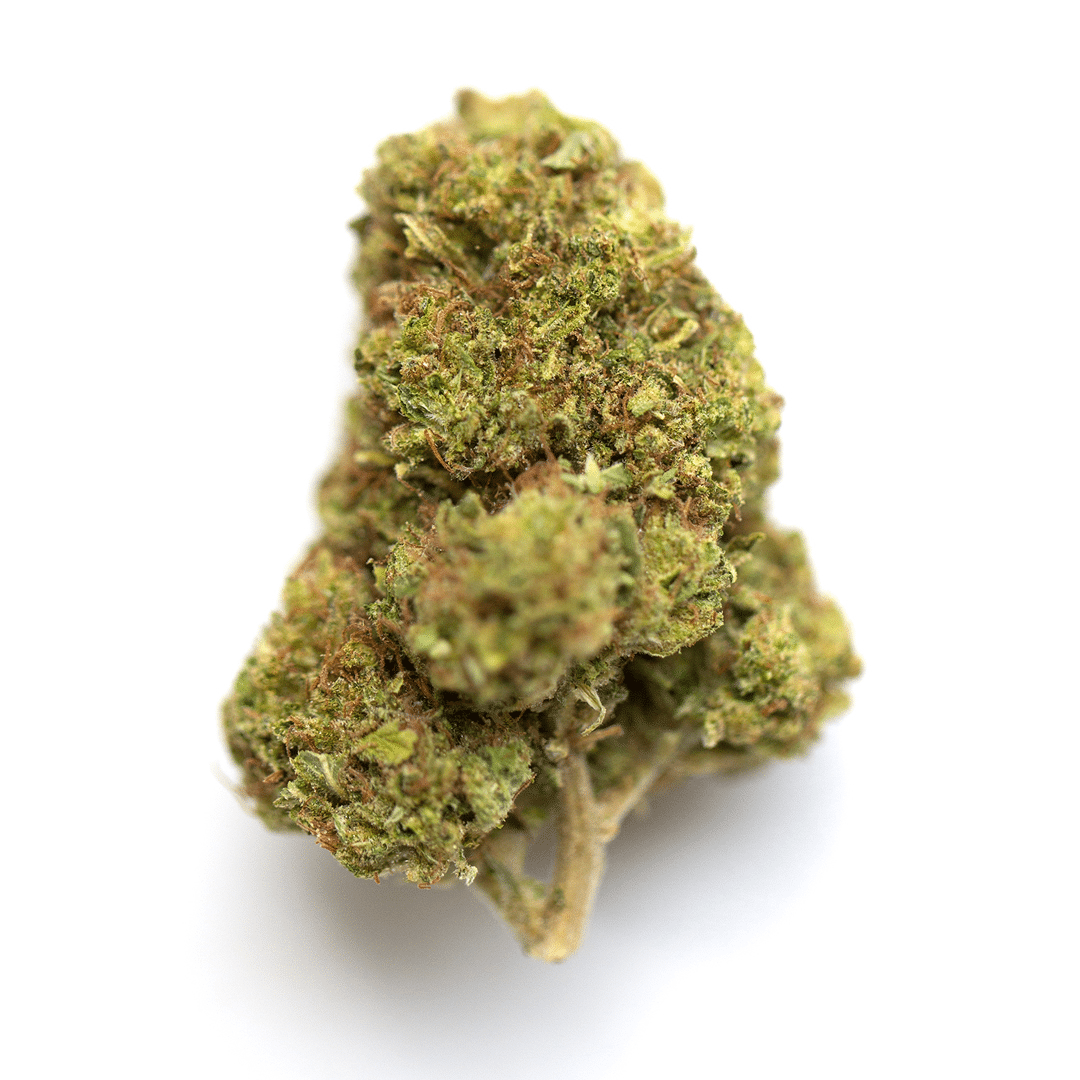




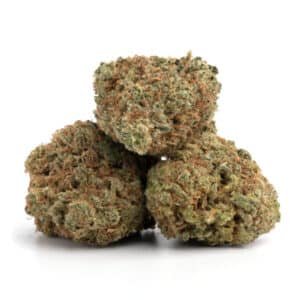

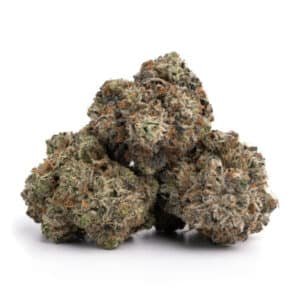
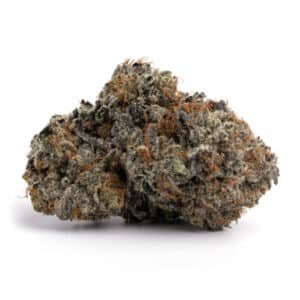
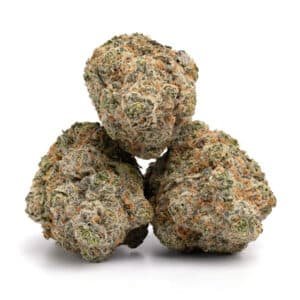
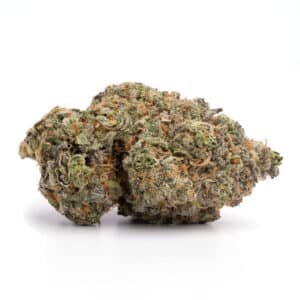


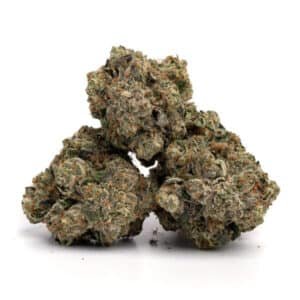
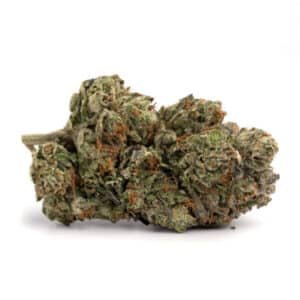


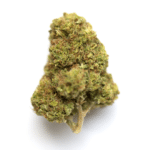
Reviews
There are no reviews yet.